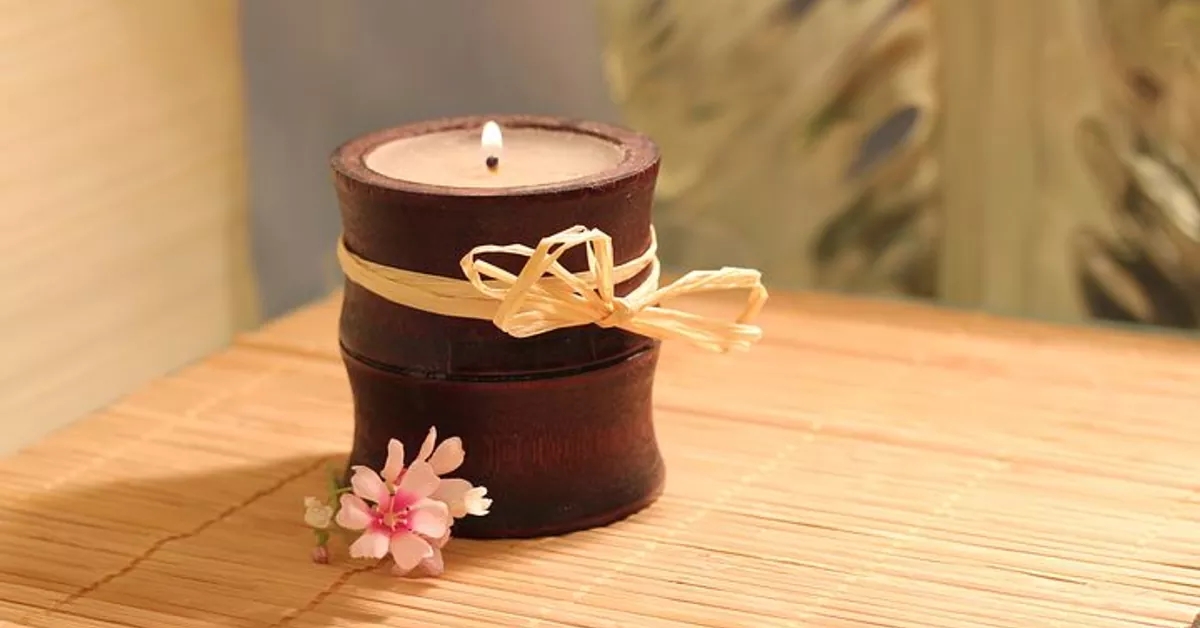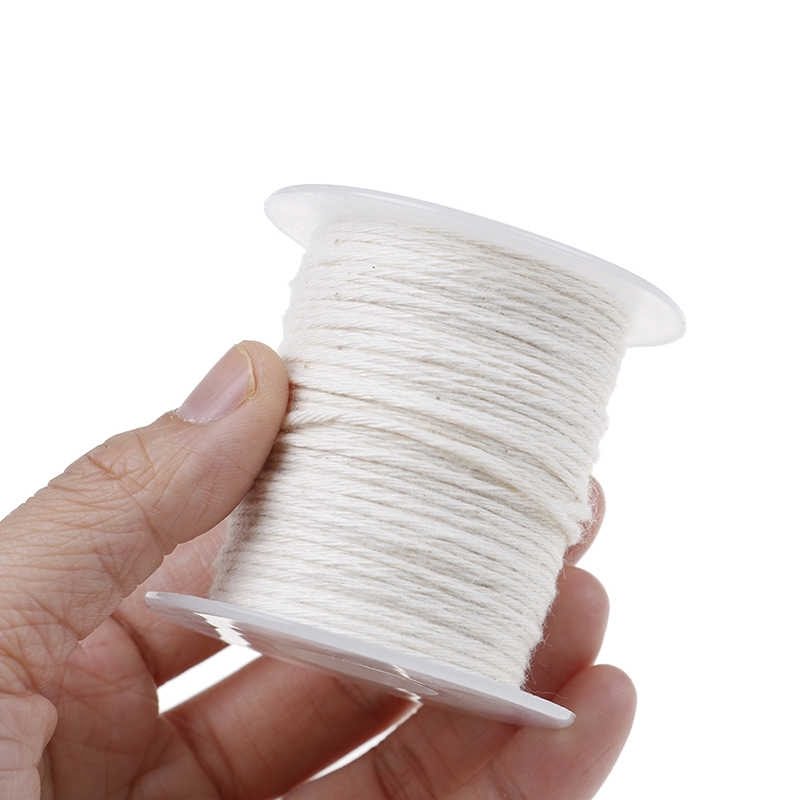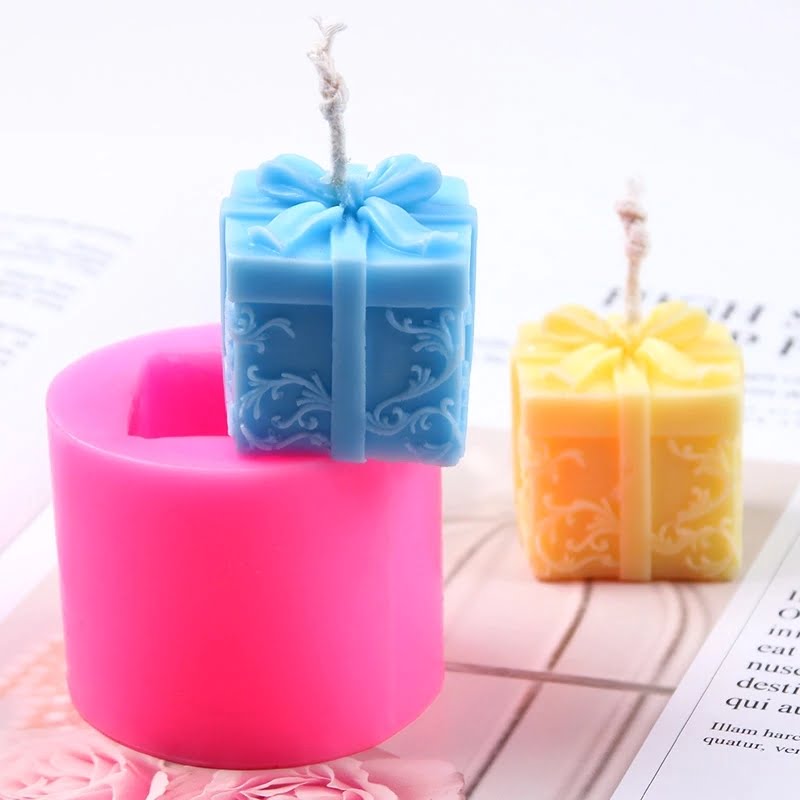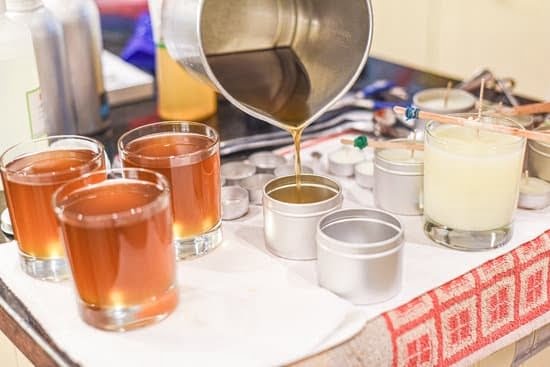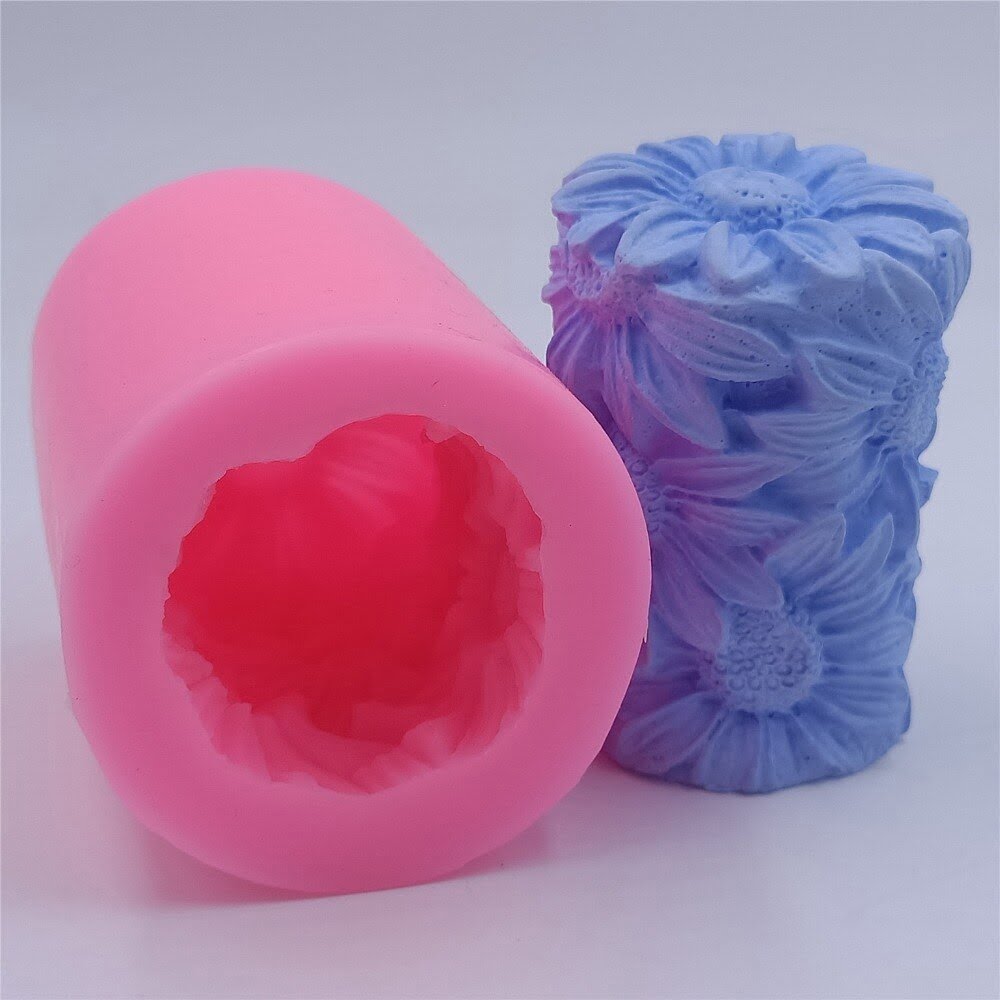Tallow making for candles has a long-standing history as a traditional method of creating illuminating sources. This age-old practice involves the rendering of animal fat to produce a substance known as tallow, which serves as a fundamental ingredient in candle-making. From ancient civilizations to modern day artisans, tallow has remained a popular choice for crafting candles due to its unique properties and benefits.
The utilization of tallow as a candle-making material dates back centuries, with its origins rooted in the necessity for light before the invention of electricity. Rendered from animal fats such as beef or sheep, tallow was readily available and affordable, making it accessible to various societies throughout history. Its ability to burn cleanly and produce a steady flame made tallow an ideal choice for illuminating homes and streets long before the advent of paraffin or soy-based candles.
Today, tallow continues to be recognized for its numerous advantages in candle production, including its cost-effectiveness, longer burning time, and minimal smoke output. Furthermore, the process of making tallow candles provides individuals with a unique opportunity to engage in sustainable practices by upcycling animal by-products that would otherwise go to waste. In the following sections, we will explore the art and science behind tallow making for candles, offering insights into its techniques, benefits, and eco-friendly aspects.
History and Origins of Tallow as a Candle-Making Ingredient
Tallow has a long and fascinating history when it comes to its use in candle-making. Dating back centuries, tallow candles were commonly used as a source of light before the invention of modern lighting methods.
The origins of tallow as a candle-making ingredient can be traced back to ancient civilizations such as the Romans and Egyptians, who utilized animal fats like tallow to create candles for illumination. These early candles were essential for providing light during the dark hours of the night.
Evolution of Tallow Candles
Over time, the process of making tallow candles evolved, incorporating various techniques and improvements to enhance their quality and performance. In medieval times, tallow candles were often made by dipping wicks into melted tallow multiple times to build up layers of wax.
This method resulted in candles with a higher burning temperature and longer-lasting flame, making them more efficient for lighting purposes. As advancements in candle-making technology continued, different additives and fragrances were introduced to enhance the burning properties and scent of tallow candles.
Tallow Use Across Cultures
The use of tallow in candle-making spread across different cultures and regions, becoming a popular choice for producing affordable and readily available lighting sources. In many rural areas where resources were limited, households relied on tallow candles as a primary source of illumination.
The simplicity and versatility of tallow making for candles made it accessible to people from all walks of life, regardless of social or economic status. Even today, traditional methods of rendering tallow are being preserved in some communities as part of their cultural heritage and craftsmanship.
The Benefits of Using Tallow in Candle-Making
The use of tallow in candle-making dates back centuries and has many benefits that make it a popular choice for candle makers. Tallow, which is rendered animal fat, has been traditionally used in candle production due to its affordability and accessibility. One of the key advantages of using tallow in candle-making is its high melting point, which allows for candles that burn longer and more consistently compared to other types of candles.
In addition to its practical benefits, tallow also offers environmental advantages. Tallow-based candles are biodegradable, making them a sustainable choice for those looking to reduce their carbon footprint. Furthermore, tallow candles emit less soot than some other types of candles, leading to a cleaner burn and healthier indoor air quality. This makes them an excellent option for individuals who are sensitive to allergens or want to create a more eco-friendly living environment.
For those interested in the traditional art of tallow making for candles, exploring this method can be a rewarding experience. Not only does tallow provide practical benefits and sustainability advantages, but it also connects candle makers to a historical craft that has been passed down through generations.
By understanding the benefits of using tallow in candle-making, individuals can appreciate the beauty and tradition behind this ancient practice while creating unique and environmentally-friendly candles for personal use or as gifts.
| Advantages | Details |
|---|---|
| High melting point | Allows for longer and consistent burn time |
| Biodegradable | Sustainable choice with low environmental impact |
| Cleaner burn | Emits less soot for better indoor air quality |
Step-by-Step Guide on How to Make Tallow for Candles
Tallow, a traditional and versatile ingredient in candle-making, has been used for centuries to create beautiful and functional candles. Whether you are a seasoned candle maker or just starting out, learning how to make tallow for candles can open up a world of creative possibilities. Follow this step-by-step guide to perfect the art of tallow making for your candle projects.
To start the process of making tallow for candles, you will need simple ingredients such as animal fat or suet and water. Here is a basic recipe to get you started:
- Begin by obtaining high-quality animal fat or suet from a trusted source.
- Cut the fat into small pieces to help it render more efficiently.
- Place the fat into a large pot and add enough water to cover the pieces.
- Heat the mixture on low heat, stirring occasionally until all the fat has melted.
Next, it is crucial to strain the liquid tallow carefully to remove any impurities or leftover bits of meat. This will ensure that your tallow is clean and ready for use in your candle-making endeavors. Here’s how you can do it:
- Line a fine-mesh strainer with cheesecloth or a coffee filter over a clean container.
- Pour the melted tallow through the strainer to catch any solid particles or impurities.
- Allow the strained tallow to cool and solidify before transferring it into storage containers for future use in candle-making.
By following these simple steps, you can successfully create your batch of tallow specifically tailored for making candles. Experiment with different scents, colors, and molds to craft unique and personalized candles using your homemade tallow. The process may require some trial and error, but with practice, you’ll master the art of tallow making for candles and enjoy the fruits of your labor by creating beautiful and sustainable light sources at home.
Different Techniques for Rendering Tallow
Rendering tallow is a crucial step in the process of tallow making for candles. There are various techniques that can be used to render tallow, each with its own unique advantages and considerations. Here are some different techniques commonly used for rendering tallow:
1. Wet Rendering: In this method, the suet or fat is mixed with water and heated slowly until the fat melts and separates from any impurities or solids. The mixture is then strained to remove any remaining impurities, resulting in a cleaner tallow.
2. Dry Heat Rendering: This technique involves heating the suet or fat at a low temperature without adding any water. As the fat heats up, it starts to melt and release its liquid form, which can be strained to separate from any solid bits.
3. Slow Cooker Rendering: Using a slow cooker can make the process of rendering tallow more convenient and less hands-on. Simply place the suet into the slow cooker on low heat and allow it to slowly melt over several hours, periodically checking and stirring as needed.
Each of these techniques has its own benefits and drawbacks, depending on factors such as time constraints, equipment available, and personal preferences. Experimenting with different rendering methods can help you find the one that works best for your tallow making for candle projects. Whichever method you choose, ensuring that the tallow is rendered properly is essential for achieving high-quality candles with clean-burning properties.
By mastering the art of rendering tallow using various techniques, candle makers can tap into a rich tradition rooted in history while creating sustainable and eco-friendly products. The versatility of tallow as a candle-making ingredient allows for endless creativity in crafting unique candles that not only illuminate spaces but also honor age-old practices of craftsmanship.
Whether you prefer wet rendering for its thoroughness or dry heat rendering for simplicity, exploring different ways to render tallow can enhance your candle-making journey significantly.
Tips and Tricks for Successful Tallow Candle Making
When it comes to making candles using tallow, there are some tips and tricks that can help ensure a successful outcome. Tallow has been used for centuries in candle-making due to its unique properties, but there are certain things to keep in mind when working with this ingredient.
One important tip is to make sure that the tallow is properly rendered before using it for candles. This involves melting the fat at a low temperature and straining out any impurities or solids to ensure a clean and clear final product.
Another helpful tip for successful tallow candle making is to add fragrance oils or essential oils to enhance the scent of the candles. Tallow has a naturally mild odor, so adding fragrances can help create a more pleasant ambiance when burning the candles.
It’s important to choose high-quality oils that are specifically designed for use in candles to ensure a safe and even burn. Additionally, experimenting with different scents and combinations can help you create unique candles that cater to your personal preferences or the preferences of your customers.
One trick for achieving beautiful tallow candles is to pay attention to the temperature at which you pour the melted tallow into the containers. Pouring at too high of a temperature can result in uneven cooling and cracking, while pouring at too low of a temperature can lead to inconsistent texture or air bubbles.
Finding the right temperature for pouring will depend on factors such as the size of the container and room temperature, so it may require some trial and error. By mastering these tips and tricks, you can create stunning tallow candles that not only provide illumination but also evoke a sense of nostalgia and tradition in candle-making.
Comparing Tallow Candles to Other Types of Candles
When it comes to candles, there are a plethora of options available on the market. From soy wax to beeswax and paraffin, each type of candle wax offers unique characteristics and benefits. In this section, we will explore how tallow candles stack up against other types of candles in terms of sustainability, burn time, fragrance throw, and overall aesthetic appeal.
Environmental Impact
One of the key factors that sets tallow candles apart from other types of candles is their eco-friendly nature. Tallow is a byproduct of animal agriculture, specifically rendered beef or sheep fat.
This means that using tallow for candle-making can help reduce waste in the meat industry by repurposing a material that would otherwise be discarded. In comparison to paraffin wax, which is derived from petroleum and non-renewable resources, tallow candles have a smaller carbon footprint and are more sustainable overall.
Burn Time and Scent Throw
In terms of burn time, tallow candles are known for their long-lasting performance. Due to the high melting point of tallow wax, these candles tend to burn slower than soy or beeswax candles. This results in a longer-lasting candle that provides hours of beautiful light and ambiance.
Additionally, tallow candles have a natural scent that is subtle yet pleasant when burned. While they may not offer the same level of fragrance throw as scented paraffin candles, many people appreciate the gentle aroma that tallow emits when lit.
Aesthetic Appeal
From a visual standpoint, tallow candles exude a rustic charm that is reminiscent of traditional candle-making methods. The creamy color and mottled texture of tallow wax give these candles a unique appearance that adds character to any space.
When compared to mass-produced paraffin candles or even sleek soy wax options, tallow candles stand out for their handcrafted feel and timeless elegance. Whether used for everyday lighting or special occasions, tallow-made candles bring a touch of nostalgia and warmth to any environment.
Sustainability and Eco-Friendly Aspects of Tallow Candles
One of the major appeals of using tallow in candle-making is its sustainability and eco-friendly aspects. Tallow, which is a rendered form of animal fat, has been utilized for centuries as a primary ingredient in candles due to its abundance and renewability.
Unlike paraffin wax, which is derived from petroleum and non-renewable sources, tallow is often sourced from animals such as cows or sheep as a byproduct of meat production, making it a more sustainable choice for environmentally conscious candle makers.
Aside from being a renewable resource, tallow candles also have ecological advantages when compared to other types of candles. Tallow candles have a lower carbon footprint since they require less processing than synthetic waxes like paraffin. Additionally, tallow candles are biodegradable, meaning that they break down naturally over time without leaving harmful residues in the environment. This makes them an excellent choice for those looking to reduce their environmental impact while still enjoying the warm glow of candlelight.
Furthermore, the eco-friendly nature of tallow candles extends beyond their raw materials. In many cases, tallow candles are handcrafted using traditional methods that involve minimal energy consumption and fewer chemicals than mass-produced synthetic candles.
This artisanal approach not only adds to the charm and uniqueness of each candle but also aligns with sustainable practices that prioritize quality over quantity. By choosing tallow-made candles, consumers can support local crafters and uphold traditions that have stood the test of time in the realm of candle-making.
| Advantages | Description |
|---|---|
| Renewable Resource | Tallow is sourced as a byproduct of meat production. |
| Low Carbon Footprint | Tallow requires less processing than petroleum-based waxes. |
| Biodegradable | Tallow candles break down naturally without harming the environment. |
Conclusion
In conclusion, the art of tallow making for candles holds a special place in history and tradition. From its ancient origins to its practical benefits, using tallow as a candle-making ingredient brings forth a sense of nostalgia and connection to the past.
The process of rendering tallow may seem laborious to some, but the results are truly worth it. Tallow candles provide a warm and inviting glow that is unmatched by other types of candles, adding a touch of old-world charm to any space.
Furthermore, tallow candles offer a sustainable and eco-friendly alternative to conventional wax candles. By utilizing animal fats that would otherwise go to waste, tallow candle making embodies the principles of resourcefulness and environmental consciousness. In today’s world where sustainability is increasingly important, choosing to make tallow candles not only honors tradition but also aligns with values of reducing waste and promoting natural materials.
As we continue to seek ways to live more sustainably and reconnect with traditional practices, tallow making for candles serves as a beautiful reminder of simplicity and heritage. Whether you are drawn to the historical significance or simply enjoy the ambiance created by tallow-made candles, incorporating this age-old craft into your candle-making repertoire can bring a sense of fulfillment and appreciation for the artistry behind each handcrafted piece.
Let the beauty and tradition of tallow-made candles illuminate your space with warmth and history for generations to come.
Frequently Asked Questions
Can I Make Candles Out of Tallow?
Yes, candles can be made out of tallow, which is a form of animal fat traditionally used for candle-making. Tallow candles have been around for centuries and are known for their bright, steady flame.
What Were Three Problems With Tallow Candles?
Three common problems with tallow candles were the unpleasant smell they emitted when burning, the smokiness that often accompanied their use, and the tendency for the wick to become submerged in melted tallow causing the flame to extinguish.
What Is the Best Wick for Tallow Candles?
The best wick for tallow candles is typically a well-prepared cotton wick that has been carefully chosen based on the size of the candle being made. A properly selected wick ensures a clean burn and efficient consumption of the tallow, resulting in a brighter and longer-lasting flame.

Welcome to my candle making blog! In this blog, I will be sharing my tips and tricks for making candles. I will also be sharing some of my favorite recipes.

